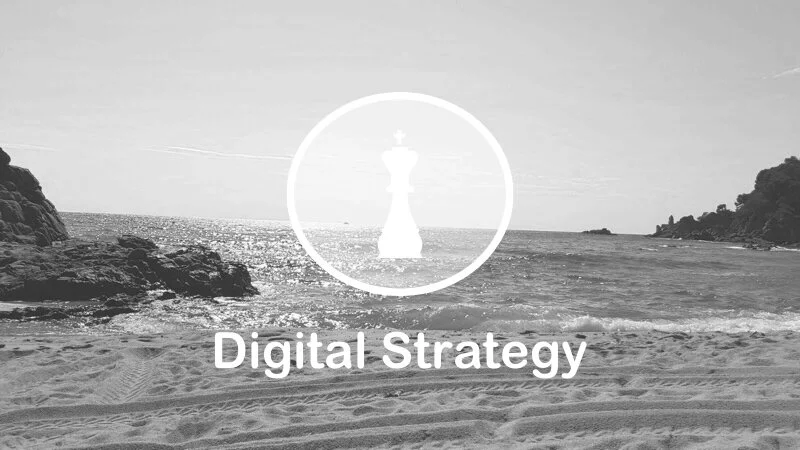
eCommerce >>>
Stand-alone or part of your customer experience?
In todays worlds consumers expect an instant answer to their questions and a seamless effort to buy. Fulfilling that need is not an easy thing to do and requires a strong focus on priorities to offer that. Having a clear view on customer (persona) behavior, the right content and channels to warm them up for a sale and last but not least an easy way of ordering. Both from a technical as logistical perspective, but never forget keeping an eye on profitability……
eCommerce a whirlwind of disruptions!
We don't even have to go all that far back in time to see the cautious introduction of eCommerce as an alternative to traditional sales channels. The emergence of platforms that are able to attract customers on a large scale and by scale also manage to reduce the actual business case killers such as logistics and last mile costs make eCommerce an agenda item within many management teams. An important sign in that early period was the specific focus on the sales task that had to be completed with it. From a technological perspective, this meant that in addition to the availability of product and price information, the purchasing process in particular had to be organized as lean and mean as possible. After all, this operation had to run in a controlled manner alongside the “normal” business. The use of large existing platforms such as Amazon, Bol and Coolblue was the way to potential customer volumes. The only commitment this required from the producers was to provide margin and of course materials to be able to present the products on the platforms, or so it was thought ...
In addition to the influence of platforms on the trend towards online sales, another trend is more on the experience side of the spectrum. How do we ensure that people are tempted to buy a product. Books have been written about this subject. The fact is that in recent years the customer experience online and the execution of an actual transaction have increasingly converged.
Platforms the route to volume
In one of his numerous publications, Professor Dr. Cor Molenaar has a striking insight into the functioning of these trading platforms and the extent to which they have changed the online playing field. What is interesting about this is not only the movement of many organizations towards connecting to these platforms, but also the systematic recognition of the risks that this entails. The fact is that these platforms, on which a huge amount of customers conduct searches daily, can provide a fast and efficient route to customers. However, it is also a fact that the compensations for this are significant and, more importantly, the customer insight into needs and behavior remains in the hands of these platforms. This directly implements the capitalization of data generated by your product.
Prof. Dr. Cor Molenaar on the Platform hype
There are several examples of situations in which this data is correctly used to assess the profitability of these propositions and whether brand preference or sensitivity applies. With white labeling as a serious threat. So we help platforms ourselves as formidable competitors in the saddle. From that perspective, cooperation is a delicate matter and above all an issue that, in addition to sound choices, also requires an actual plan and vision with regard to one's own online presence.
It is certainly true that the choice to present and trade your products via platforms offers a good opportunity. However, if you design this as one of the routes online, whereby you deliberately deploy your digital business assets (Assets) and use them to further improve your own authority postal law, only then are you walking a future-proof route. You really wouldn't be the first to go down in the platform violence we're currently inundated with. From that perspective it is interesting to think about what really causes channel conflict…. setting up your own DtC (direct-to-consumer route) or connecting to well-known trading platforms such as Amazon, Bol, Coolblue and home delivery?
Experiences; the basics of selling online
Limiting the number of clicks to purchase has always been an important precondition in the development of many eCommerce initiatives. The fact that eCommerce had to be seen and treated as a truly specialized activity with tools developed specifically for this purpose played an important role. The high degree of opacity for many customers resulted in many cases in online experiences that were interrupted when a transaction had to take place as a conversion. The customer then had to move from one road platform (on which the website was running) to a subdomain on another platform (on which the shop was running). In itself not such a big problem, because this was accompanied by the transition in the backend and maybe 2 or 3 extra clicks before you could actually put the product in question in your shopping cart. But of course it goes against the goal of keeping the number of clicks as limited as possible. In addition, it is a concept in which the information phase in the purchasing process is completely ignored. Which makes sense from a sales conversion perspective, as it is mainly driven by softer decision factors, which are less easy to control.
The fact is, however, that this information phase and the actual transaction have started to move closer together. A development that created a need to better meet demand from an application perspective. This was the moment when the so-called headless ecommerce solutions made their appearance. By connecting a transaction engine and services of a payment service provider (PSP), it became possible to allow a purchase transaction as a conversion directly on your customer experience. This not only made the process more efficient, it was also an important injection in optimizing the management of the road environments. After all, adapting designs used to have to be done on two different platforms, where connection to the road platform makes this unnecessary. To this day there is a huge range of solutions that make almost any scenario possible. But there is still nothing that makes a one-size, fits all possible.







